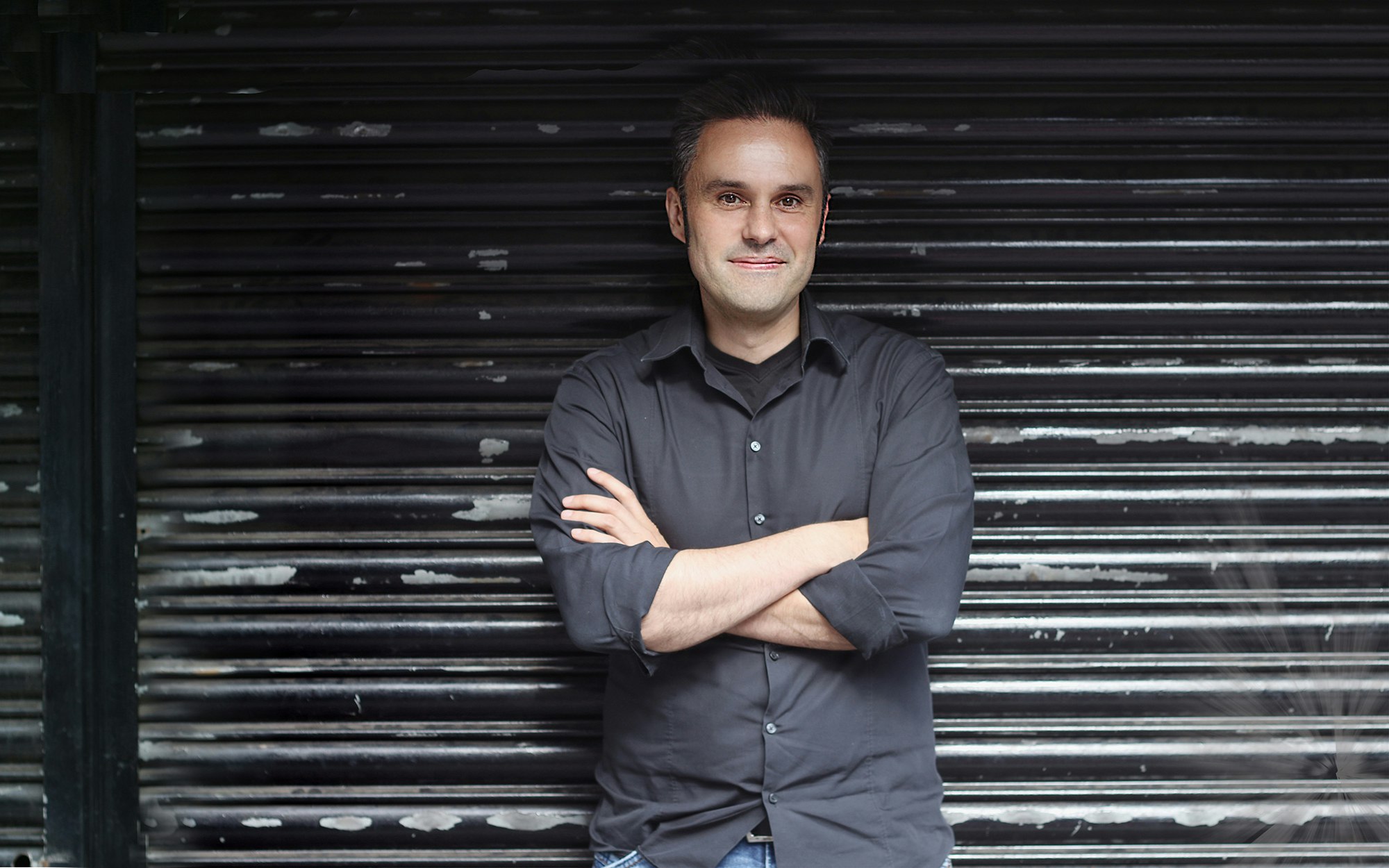As signs of economic slowdown are becoming impossible to ignore, corporate innovation teams will be getting nervous. So often these departments become the first casualty in a crisis when corporate budgets are being slashed.
To avoid a slash and burn scenario, innovation teams need to change the narrative from being a cost line on the profit and loss (P&L) statement, to being a departments that can lift the bottom line in months rather than years.
So what does best practice look like?
1. Go for quick wins and a focus on the core
During times of economic headwinds, many innovation initiatives fail because they are not linked closely enough to solving the biggest challenges faced by a business unit or organisation. This is compounded when the majority of activity they are working has a three to four year payback horizon. Now, if ever, is the time for some quick wins.
Nagji and Tuff’s research on how to manage an innovation portfolio, adopted by Google among others, highlights the impact of companies who took a 70/20/10 approach to innovation, with 70% of all innovation activity and investment focused on improving the core business, 20% on adjacent opportunities and 10% on transformational. They showed that companies adopting this type of balanced portfolio outperformed competitors.
All innovation teams need to understand the biggest challenges faced by the core business that they can help solve with a short horizon for payback (such as finding substantial efficiencies or new revenue). In doing so, they secure the permission for longer-term more transformative bets.

2. Spread your bets
To deliver substantial impact inside companies at speed, it is not sufficient to place all the bets on one or two ‘big’ initiatives and hope they succeed. You need to be running multiple initiatives using different vehicles, and these initiatives need to be more than just hyped up innovation theatre such as hackathons or corporate accelerators that look good but deliver little if any value.
We use this framework to help organisations understand what vehicle they should deploy when:
| Capability/Horizon | Core (12-18 month ROI) | Adjacent (2-3yr ROI) | Transformation (5-7yr ROI) |
| Core Capability | New ventures using internal talent | New ventures using internal talent | New venture using external talent |
| Non Core Capability | Partner and run measurable commercial pilots | Partner and run measurable commercial pilots | New venture using external talent |
The critical factor when running these vehicles is not just the type, but the engagement from the business. Innovation teams need to work closely with the business units to understand where they can provide meaningful support. Every initiative needs the right level sponsor and resources required to make it work and achieve measurable impact.
3. Kill any time-waster projects. Quickly
Governance might not be the most riveting subject but it’s an important one. Every organisation has three crucial resources:
1. Time
2. Money
3. Energy
These are in demand during the days of strong growth, and even more so when growth slows and focus switches from investment to cuts. For innovation initiatives to thrive in this environment, we need to ensure there are relevant time-boxed, stage-gate criteria so that commercially viable ideas are accelerated quickly and non-viable ideas are killed faster. This helps maximise these three critical resources to help move the needle.
4. Measure like your life depended on it
Finally, and probably most importantly, if we are to prevent the slash and burn tactics deployed across other departments during times of retrenchment, we need to be able to track and measure the commercial impact the initiatives deliver to the business.
This requires setting clear and aligned targets upfront and working with the key stakeholders from across the business — for example, if we are looking at bringing in a potential startup to solve an issue with the rising level of fraudulent transactions being conducted through your e-commerce platform, we can take a baseline assessment using data around the cost to the business in the previous year and from that define clear key performance indicators (KPIs).
By adopting these principles, we are able to deliver tangible improvements for the business during economic headwinds, helping demonstrate the value of continuing to invest in innovation despite market conditions and actually providing the fuel for growth to help the company reap the benefits once conditions improve.
Chris Locke is chief executive of the innovation consultancy Rainmaking.


